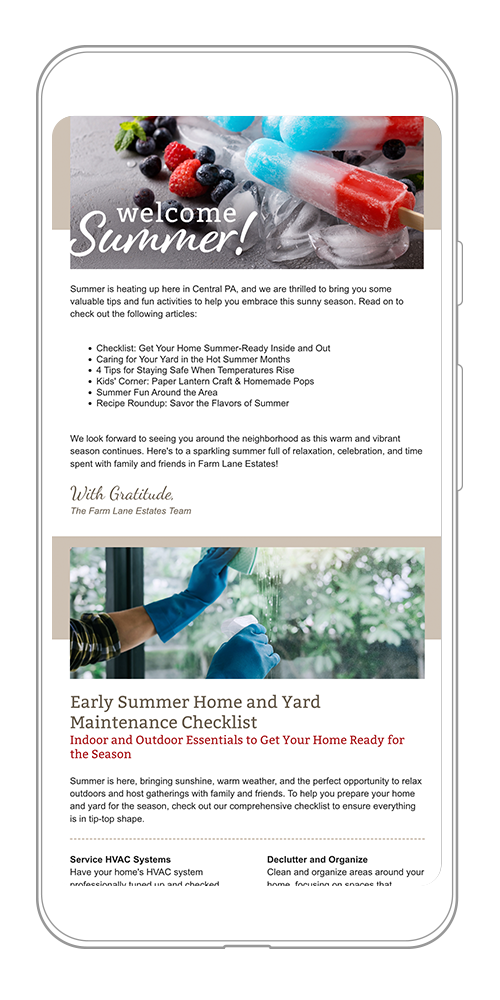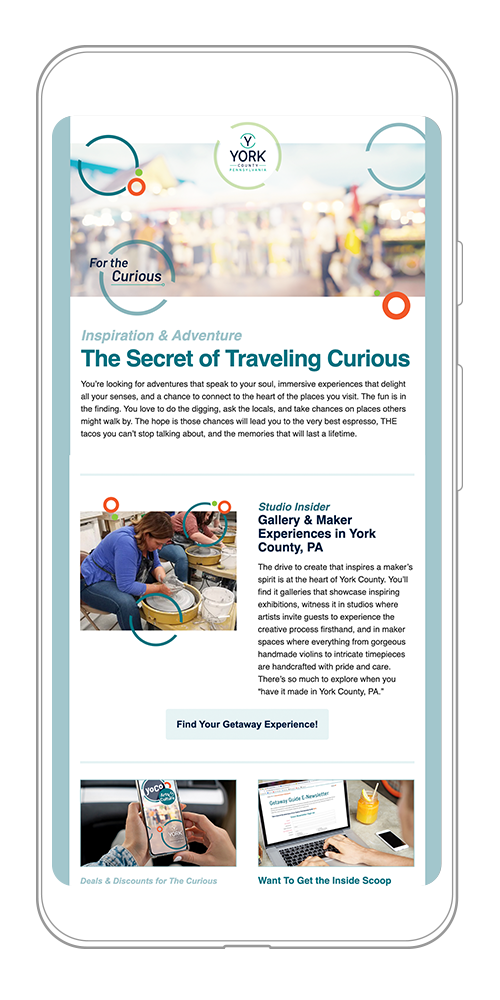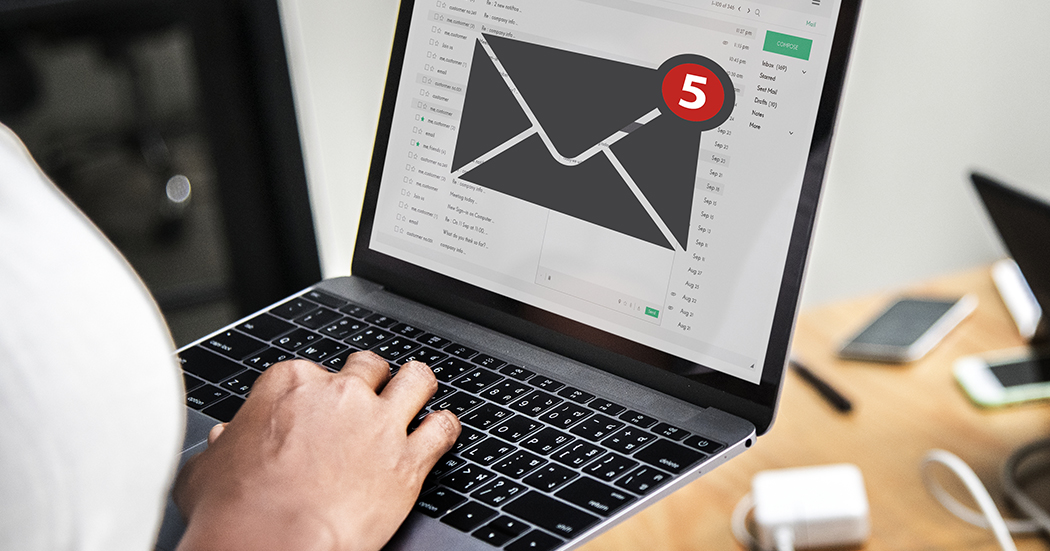Email newsletters have been a staple of digital communication for decades, and despite the ever-evolving digital marketing landscape, they remain one of the most effective tools for engaging with your highest-value audiences, such as your best customers, fans of your brand, and even your employees. Many of the best newsletters are also genuinely beloved by dedicated readers! While sales emails, promotional emails, and transactional emails play their more practical roles in the grand scheme of your email marketing efforts, newsletters offer a unique opportunity to connect in a more personal, consistent, and value-driven way.
But let’s take a step back for a second. Why email? Isn’t the internet rife with memes of how office-based workers are unhappily plugged into their email inboxes all day, furiously attempting to reach “inbox zero?" Well, yes. And, simply put, it’s a channel that still garners significant attention (precisely because so much of the professional workforce is laboring in those inboxes). More seriously, though, as social media becomes increasingly difficult to win without a hefty digital advertising budget (and user trust in the social platforms dips), email marketing allows businesses and organizations to communicate directly—and cost-effectively—with audiences who are already interested on some level.
Additionally, as we’ve discussed in the past, more is not always better when it comes to marketing your business or non-profit. The key is to be strategic and intentional—carefully choosing your marketing channels and producing content that resonates with your audience. Even for those with larger budgets, email newsletters should be considered foundational to a well-rounded marketing program for their proven effectiveness, provided you dedicate some effort to following a few rules to make your email newsletters shine.
Best Practices for Creating Engaging Email Newsletters
1. Have Great Content
The heart of any successful email newsletter is its content. No one looks forward to reading uninspiring, cookie-cutter emails. (Have mercy on those inbox-processing office workers!) While newsletters may be easy to implement, crafting one that stands out requires creativity and insight into your audience’s interests.
The first step toward producing content that resonates is to focus on delivering value to your reader. Whether it’s sharing snippets of industry news, helpful tips, or client success stories, ensure that every email newsletter you send contains something meaningful for those receiving it. Additionally, be mindful to avoid turning your newsletter into a sales pitch. Newsletter emails can contain some promotional content (such as a note about referral bonuses for current clients to share with others they think could benefit from your services). Still, it’s essential to strike a balance between including offers or discounts and genuinely useful information. Think about what will keep your audience engaged and looking forward to your emails.
2. Be Consistent
Consistency is another vital factor for the success of an email newsletter—in look and feel as well as in terms of sending cadence. Many companies opt for a monthly newsletter, but depending on your business and audience, you might choose to send them more or less frequently (a quarterly or seasonal mailing schedule is also an excellent option). The key is establishing regularity in your distribution so your audience knows when to expect your updates. Consistency also helps your team establish a rhythm for creating and curating content, allowing everyone enough time to take a step back and assess your business on a broader level as newsletter production takes place.
Internal or External Newsletters or Both?
With the experience of your organization’s dedicated team members in mind, it’s also worth considering the value of internal versus external newsletters—some businesses produce both. Internal newsletters can help keep your team aligned and informed, and for larger companies and organizations, they can be quite impactful as a corporate communications channel. Meanwhile, external newsletters are one of the best ways to strengthen relationships with customers and prospects. If your business is small, external newsletters should be a top priority, while internal newsletters might be optional or unnecessary.
3. Tailor Your Mailing Lists—And Don’t Forget About Opt-In Requirements
Personalization is key when it comes to email marketing in the current era of automation and availability of sophisticated data. The one-size-fits-all messaging of much earlier email marketing just doesn’t cut it anymore (and even goes against data protection regulations in some instances). To truly connect with your audience, segment your emails based on factors like behavior, preferences, or audience types—and then also consider merging in name information or other data points to individually address your recipient. But, be careful here.
When tailoring your email list, it’s crucial to stay mindful of the rules and regulations surrounding mass emailing, especially when it comes to purchased or self-curated lists. Laws such as the CAN-SPAM Act in the U.S. and GDPR in Europe set strict guidelines on how businesses can send emails to their contacts, including opt-in requirements and the need for obtaining explicit consent from recipients. Sending unsolicited emails to individuals who haven’t opted in can damage your brand’s reputation and even lead to hefty fines. Always confirm that your subscribers have voluntarily signed up to receive your emails and provide an easy way for them to opt out if they choose.
The good news is that most email marketing platforms, like Mailchimp, Constant Contact, and Campaign Monitor, make list segmentation and personalization, as well as setting up a compliant opt-in process, a breeze with just a few clicks. With the ability to send more targeted and relevant content to specific groups who have confirmed that they want to hear from your organization, you can easily increase engagement and reduce the chances that your newsletter will be marked as spam—or that your recipient will hit “unsubscribe."
4. Use the Right Tools
There are plenty of email marketing platforms out there that can streamline the process of creating, compliantly sending, and analyzing your newsletters. We mentioned a few of the “big name" options in the previous tip, and all offer easy-to-use email templates, automation features, and in-depth analytics that can help you optimize your efforts. There is typically a subscription cost involved with using these services, and you will often pay based on the total size of your mailing list or the number of individual emails you send monthly. Competition is stiff among the various service providers, though, and you’ll find that pricing tends to be quite affordable—even for the smallest businesses. And these platforms do offer a lot of capabilities for the money.
Additionally, don’t underestimate the value of A/B testing your content, a practice that the platforms also tend to make easy, and ensure that your email newsletters capture your audiences’ attention in the best way possible. From subject lines to imagery and call-to-action placement, experimenting with different elements can help you fine-tune your email marketing strategy over time, leading to higher open rates and more engagement.
5. Invest in Professional Design and Strategy
Though sending email newsletters is relatively low cost, the time and effort required to produce high-quality content can add up. If your design or copy falls flat (or your email marketing platform isn’t meeting your needs), your audience might tune out before they even get to the good stuff in your messages. Investing in email marketing services provided by an outside expert can help ensure that your newsletters are visually appealing, consistently produced, and hitting the right inboxes.
On that note of hitting the right inboxes, there is just one final point to mention that senders need to consider, and a knowledgeable outside strategy resource can help your team navigate this concern.
A Note About Sender Verification
Email service providers (such as Gmail, Outlook, and others) are increasingly implementing stricter security protocols within their products like SPF (Sender Policy Framework), DKIM (DomainKeys Identified Mail), and DMARC (Domain-based Message Authentication, Reporting & Conformance) to verify the legitimacy of email senders. Before you send your organization’s email newsletters, your email marketing platform (again, MailChimp, Constant Contact, Campaign Monitor, etc.) will strongly encourage—or even require—that you complete verification steps to protect your deliverability. The platform will provide instructions on verifying your status, and taking the time to complete sender verification requirements is essential for maintaining high deliverability rates and ensuring your emails don’t get rejected before they even reach your subscribers’ inboxes.




At the end of the day, a well-crafted email newsletter can be an invaluable tool for engaging with your audiences, building loyalty, and driving business results. As Zapier recently shared, low-effort newsletters don’t stand a chance—but by focusing on sharing high-quality content, personalizing/verifying your lists, staying consistent, and leveraging the right email marketing services and resources, your newsletter will stand out in even the most overstuffed inboxes.
Need help deciding on the email marketing platform and plan that’s right for your business, or looking for an experienced marketing partner to help you fully produce your email newsletters on a regular schedule? GRIT is ready to help you create newsletters that captivate and convert. Get in touch with us today and let us know your goals!
